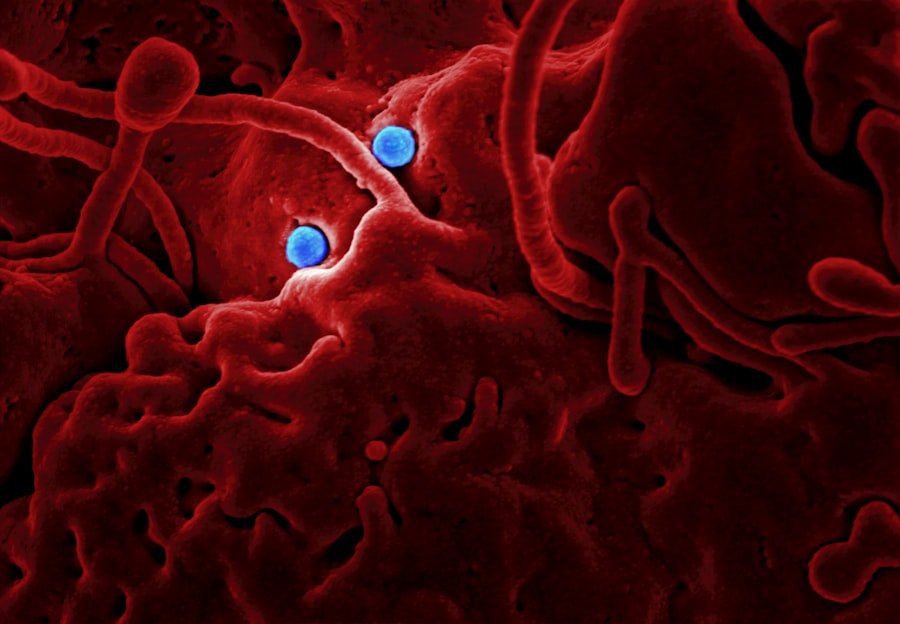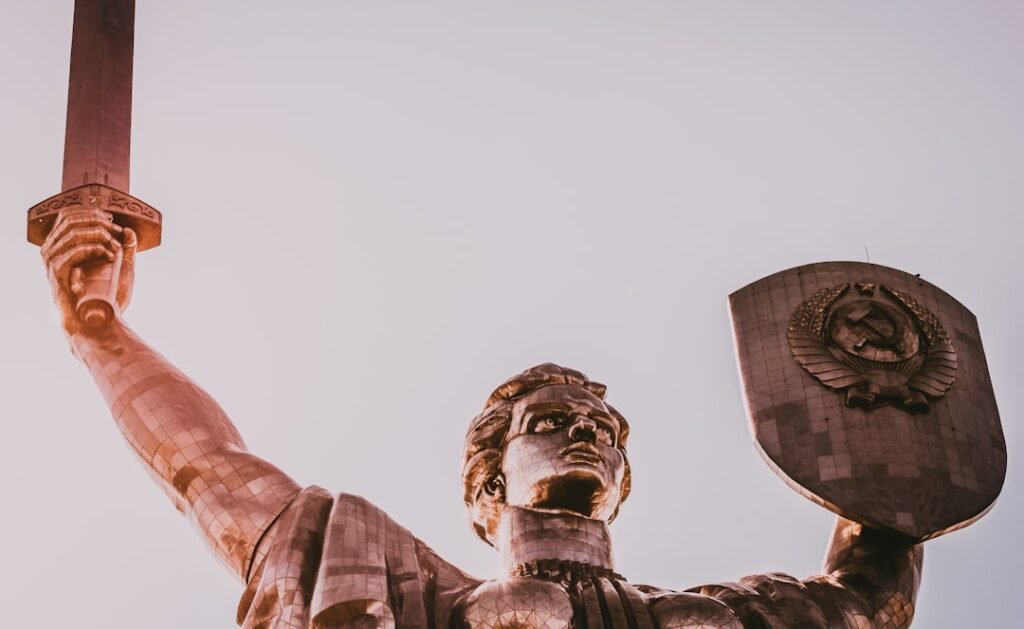Norse mythology is a rich and fascinating topic that has captivated people for centuries. It is filled with gods, goddesses, and epic tales of heroism and adventure. One aspect of Norse mythology that is particularly intriguing is the presence of female warriors. These fierce and powerful women play a significant role in the mythology, and their stories are both inspiring and thought-provoking. In this article, we will explore the origin and legends of Norse mythology’s female warriors, examine their image and responsibilities, delve into their beliefs and mythical stories, discuss their symbolic meaning and influence, and explore their modern portrayal in movies, games, and novels.
The Origin and Legends of Norse Mythology’s Female Warriors
Norse mythology originated in the pre-Christian era in Scandinavia, Iceland, and other Germanic regions. It was a complex belief system that encompassed a wide range of gods, goddesses, mythical creatures, and heroic figures. Female warriors were an integral part of this mythology, with their origins dating back to ancient times.
One of the most famous female warriors in Norse mythology is Valkyrie. Valkyries were divine maidens who served Odin, the king of the gods. They were responsible for selecting fallen warriors from the battlefield and bringing them to Valhalla, the great hall of the slain. Valkyries were often depicted as beautiful women with golden hair and shining armor, riding on winged horses.
Another notable female warrior in Norse mythology is Freyja. She was a goddess associated with love, beauty, fertility, and war. Freyja was known for her bravery and skill in battle. She possessed a magical necklace called Brísingamen, which gave her great power and beauty.
The Image of Female Warriors: Brave, Beautiful, and Mysterious
In Norse mythology, female warriors were often portrayed as brave, beautiful, and mysterious figures. They possessed both physical strength and inner courage, making them formidable opponents on the battlefield. These women were not only skilled fighters but also possessed a certain allure and charm that captivated those around them.
The physical appearance of female warriors in Norse mythology was often described as striking and awe-inspiring. They were depicted as tall and strong, with flowing hair and piercing eyes. Their armor was intricately designed and adorned with symbols of power and protection.
In terms of personality traits, female warriors were known for their fierce determination, unwavering loyalty, and indomitable spirit. They were fearless in the face of danger and would stop at nothing to protect their loved ones and their realm. These women were not just warriors, but also leaders and strategists, capable of making difficult decisions and guiding their people through times of crisis.
The Responsibilities of Female Warriors: Protecting War and Defending the Realm of the Gods
The duties of female warriors in Norse mythology were crucial to the survival and prosperity of their society. They were responsible for protecting the realm of the gods from external threats and defending their people in times of war. Female warriors played a vital role in maintaining the balance between order and chaos, ensuring that the gods’ dominion remained secure.
One of the key responsibilities of female warriors was to serve as guardians of the gods’ realm. They were tasked with protecting Asgard, the realm of the gods, from any intruders or enemies. Female warriors were fierce defenders, skilled in combat and armed with divine weapons that could vanquish any foe.
In addition to their role as protectors, female warriors also played a crucial role in shaping the destiny of their people. They were often consulted by kings and leaders for their wisdom and guidance. Female warriors possessed a deep understanding of the gods’ will and could interpret signs and omens that would guide their people through difficult times.
The Power of Female Warriors: Combat Skills and Divine Weapons
Female warriors in Norse mythology were renowned for their exceptional combat skills and possession of divine weapons. These women were not only skilled in hand-to-hand combat but also proficient in the use of various weapons, such as swords, spears, and bows.
One of the most famous female warriors in Norse mythology, Valkyrie, possessed a magical spear called Gungnir. This spear was said to never miss its target and would always return to its owner’s hand. Valkyries were also known for their ability to shape-shift into different forms, allowing them to move swiftly and silently on the battlefield.
Freyja, another prominent female warrior, possessed a magical necklace called Brísingamen. This necklace granted her immense power and beauty, making her a formidable opponent in battle. Freyja was also skilled in the use of a sword and was known for her exceptional swordsmanship.
The Beliefs of Female Warriors: Worship and Devotion of the Norse People

The Norse people had a deep reverence for their gods and goddesses, including the female warriors of Norse mythology. They believed that these women possessed divine powers and were capable of influencing the course of events in their favor.
Worship and devotion played a significant role in the lives of the Norse people. They would offer prayers, sacrifices, and perform rituals to honor their gods and goddesses. Female warriors were often revered as symbols of strength, courage, and protection, and were seen as intermediaries between the mortal realm and the divine.
The Mythical Stories of Female Warriors: Relationships with Other Gods
In Norse mythology, female warriors had complex relationships with other gods and goddesses. These relationships often played a significant role in shaping the outcome of various myths and legends.
One such relationship is between Valkyrie and Odin, the king of the gods. Valkyries served Odin faithfully and were his chosen warriors. They would accompany him on his journeys and assist him in battle. Odin held Valkyries in high regard and bestowed upon them great power and authority.
Freyja, on the other hand, had a close relationship with her brother Freyr, the god of fertility and prosperity. They were often depicted together, symbolizing the balance between love and war. Freyja’s role as a warrior goddess was closely intertwined with her role as a goddess of love and beauty.
The Symbolic Meaning of Female Warriors: Courage, Strength, and Freedom
Female warriors in Norse mythology held great symbolic meaning. They represented courage, strength, and freedom, qualities that were highly valued in Norse society.
The courage of female warriors was seen as a virtue that all should aspire to. They faced danger head-on and were unafraid to confront their enemies. Female warriors were seen as role models for both men and women, inspiring them to be brave in the face of adversity.
Strength was another important symbol associated with female warriors. They possessed not only physical strength but also inner strength and resilience. Female warriors were able to endure hardships and overcome challenges with grace and determination.
Freedom was a fundamental value in Norse society, and female warriors embodied this ideal. They were independent and self-reliant, capable of making their own decisions and forging their own path. Female warriors were not bound by societal expectations or limitations, but instead embraced their freedom to live life on their own terms.
The Influence of Female Warriors: Culture, Art, and Entertainment
The influence of female warriors in Norse mythology can be seen in various aspects of Norse culture, art, and entertainment. Their stories have inspired countless works of literature, poetry, music, and visual art.
Norse sagas and poems often feature female warriors as central characters or important figures in the narrative. These stories have been passed down through generations, preserving the legacy of these powerful women.
In visual art, female warriors are often depicted in intricate and detailed illustrations and sculptures. These artworks capture the strength and beauty of these women, immortalizing them for future generations to admire.
In the realm of entertainment, female warriors have become popular characters in movies, television shows, and video games. Their stories have been adapted and reimagined, bringing their tales to a wider audience and introducing new generations to the world of Norse mythology.
The Modern Image of Female Warriors: Movies, Games, and Novels
In modern media, female warriors have become iconic figures that inspire and empower audiences. They are often portrayed as strong, independent, and capable individuals who can hold their own in any situation.
Movies such as “Wonder Woman” and “Black Widow” have brought female warriors to the forefront of popular culture. These characters embody the spirit of Norse mythology’s female warriors, showcasing their bravery, skill, and determination.
Video games have also embraced the image of female warriors, allowing players to step into their shoes and experience their adventures firsthand. Games like “God of War” and “Assassin’s Creed Valhalla” feature female warrior protagonists who navigate treacherous landscapes and engage in epic battles.
Novels and graphic novels have also explored the stories of female warriors in Norse mythology. These works of fiction delve deeper into the lives and motivations of these women, offering readers a more nuanced understanding of their characters.
The Inspiration of Female Warriors: Facing Challenges with Courage and Pursuing Freedom and Equality
The stories of female warriors in Norse mythology continue to inspire us today. They teach us valuable lessons about courage, resilience, and the pursuit of freedom and equality.
Female warriors faced numerous challenges in their lives, both on and off the battlefield. They were often underestimated or dismissed because of their gender, but they refused to let societal expectations define them. Instead, they embraced their true selves and fought for what they believed in.
Their stories remind us that we too can overcome obstacles and achieve greatness. They encourage us to be brave in the face of adversity and to never give up on our dreams. Female warriors teach us that true strength comes from within and that we have the power to shape our own destiny.
In a world where gender equality is still a work in progress, the stories of female warriors serve as a reminder of the importance of freedom and equality for all. They inspire us to challenge societal norms and fight for a more just and inclusive world.
In conclusion, Norse mythology’s female warriors are powerful and influential figures that have left a lasting impact on our culture and imagination. Their stories continue to captivate us, inspiring us to be brave, strong, and free. The image of female warriors in Norse mythology represents the timeless values of courage, strength, and equality, reminding us of the importance of these ideals in our own lives. Whether through ancient myths or modern media, female warriors continue to inspire and empower us, showing us that we too can overcome any challenge and forge our own path to greatness.
在挪威语环境保护词汇8个绿色行动的文章中,你可以了解到关于北欧战神女神的更多信息。这篇文章提供了关于挪威神话中战争女神的背景和故事,以及她在北欧文化中的重要性。点击这里阅读更多关于挪威战神女神的内容。
FAQs
女神战争:北欧神话中的战神
女神战争是谁?
女神战争是北欧神话中的战神,也被称为弗瑞娅(Freyja)。她是爱与战争之神奥丁的女儿,也是战神特尔的妻子。
女神战争的形象是什么?
女神战争通常被描绘为一位美丽的女性,身穿金色盔甲,手持长矛和盾牌。她也被描述为拥有猫头鹰和猫的形象。
女神战争的职责是什么?
女神战争是战争、爱情和死亡的女神。她被认为是战争的守护神,可以帮助战士在战斗中获得胜利。她也是爱情和性爱的女神,被认为可以帮助人们找到真爱。此外,她还是死亡和战争中阵亡战士的守护神。
女神战争在北欧神话中的地位如何?
女神战争在北欧神话中是非常重要的角色之一。她是弗雷尔卓德神族的一员,也是战神特尔的妻子。她被认为是战争和爱情的女神,是北欧神话中最受尊敬的女神之一。
女神战争的故事有哪些?
女神战争的故事有很多,其中最著名的是她为了找回自己的丈夫奥特(Od)而与四个矮人交换金色项链的故事。她还与战神特尔有一段复杂的爱情故事,最终两人因为特尔的背叛而分手。女神战争还与死亡和战争中阵亡战士有关,被认为是他们的守护神。


